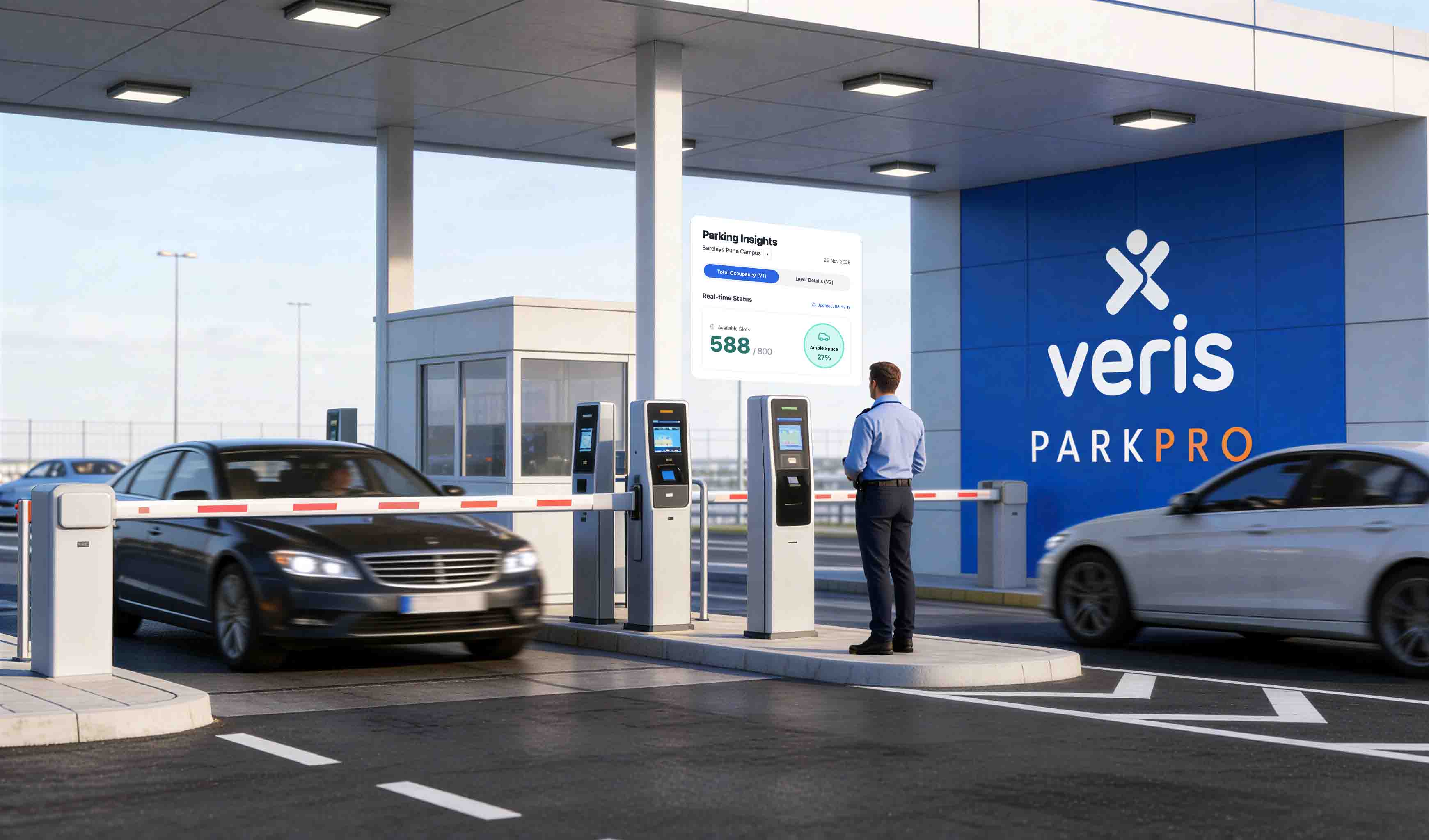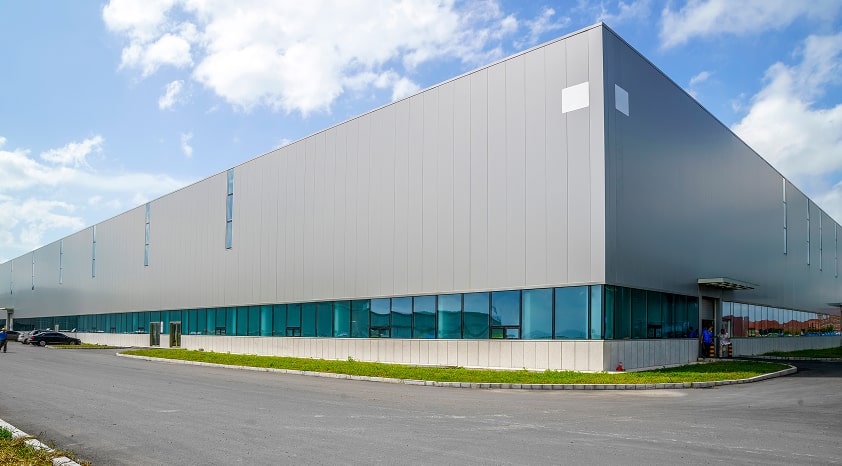Inclusion and its impact
Welcome to part two in our three-part blog series, where we dismantle the factors that create a winning workplace that your employees will love. Today’s blog post is all about the challenges a hybrid work model may bring to maintain DEI efforts, and how you can maintain these efforts, even while adapting such a model.
Check out part one of the series here- How to create ‘Moments that Matter’ to a people-first workforce?

Creating an inclusive culture and a workplace where employees feel respected, valued and comfortable isn’t just good practice. It’s also essential for a company’s bottom line.
A Harvard Business Review study found that companies with higher-than-average diversity had 19% higher innovation revenues (2018). When DE&I is employed properly, it allows an enterprise to attract the most qualified employees and accelerate innovation through diverse backgrounds and ideas.
But hybrid and remote work does not guarantee all employees will naturally and equitably experience the benefits of this change. This can potentially worsen diversity, equity and inclusion (DEI) outcomes.
For example, 76% of managers say on-site employees are more likely than remote workers to be promoted. Since women and employees from underrepresented groups are more likely to want to leverage flexible work, proximity bias creates inequity.
Foster underrepresented talent to create a people-first culture

Many employees in today’s work environment report that their organization feels more inclusive, likely due to increased flexibility and more time for individual priorities. Unfortunately, the reality is that for many organizations, the shift to hybrid work arrangements is challenging their ability to drive long-term inclusion efforts.
For example, a 6% increase in hybrid employees being frequently mistreated by their manager versus employees onsite. (Gartner ReimagineHR EMEA Conference 2022 session)
On the other hand, organizations that effectively manage the transition to a hybrid work environment and employ sustainable initiatives can boost inclusion by 24%, according to Gartner, Inc.
Before the COVID-19 pandemic, many ways organizations fostered inclusion were designed for a mostly on-site world, including employee resource groups (ERGs) and their sponsorship of in-person events.
But today, there is a need for HR leaders to foster connections across life stages, similar interests (and not just backgrounds) and with peer mentors and coaches.
Next, HR leaders need to diversify the collaboration between all employees at work by leveraging peer-to-peer feedback, peer coaching and bias mitigation in meetings.
Diversity mentorship programs

Addressing the lack of transparency and career support of underrepresented talent is key to fostering inclusion in the hybrid work environment.
The most pervasive challenges to increasing diversity are organizational in nature – lack of transparency on career paths, next steps to promotion and lack of mentors/career support make it difficult for underrepresented talent to ascend to more senior positions.
Employers need to provide a viable networking infrastructure that enables underrepresented talent to build growth-focused networks and for mentors to better understand the barriers to advancement they are facing.
Reporting diversity metrics

Providing transparency into, and reporting on, diversity, equity and inclusion (DEI) progress is one way to improve trust.
Organizations need to create transparency on how they progress towards those goals. Metrics focused on representation, talent mobility, turnover and inclusion help employees – and leaders – understand the current state of their organization and the opportunities for improvement and hold individuals accountable for progress.
According to Robin Rosenberg, PhD, psychologist and CEO and creator of the Live in Their World program, which uses VR to teach empathy and respectful interaction, virtual and hybrid work environments can easily replicate all the ways in-person workplaces fail to treat all employees equitably.
“For DEI initiatives, many of the ways that inequity and a lack of inclusion arise unfortunately have corresponding remote versions, such as being dismissive via Zoom, email, or chat and playing favourites, [as well as] the way tasks are assigned and how performance is evaluated,” said Rosenberg.
Learnings from Veris
A professional services big wig ensures the safety of female employees when working late.
The need
On occasions when female employees clock in late hours, ensuring their door-to-door safety from the office to the desired destination is of prime concern.
The solution
Veris allows the company to ensure that the female employees who stay late at work can share their ETA to reach their destination while leaving the office.
They notify the security team once they reach their destination safely, or else the security team is notified along with their designated emergency contacts.
Summary

Conclusion
And it’s a wrap! But wait, there’s more. In the last part of this blog series, we will dismantle yet another factor that will help you create a workplace that leaves your employees feeling more energised and motivated instead of the opposite. Stay tuned to learn how you can use data to play the workplace game the right way! Know all about touchpoint mapping, giving new talent an unforgettable onboarding experience and more.
Download this ebook to make your employees fall in love with your workplace.

HUMAN-CENTRIC WORKPLACEHYBRID WORK MODELMOMENTS THAT MATTER





































.avif)
.avif)





